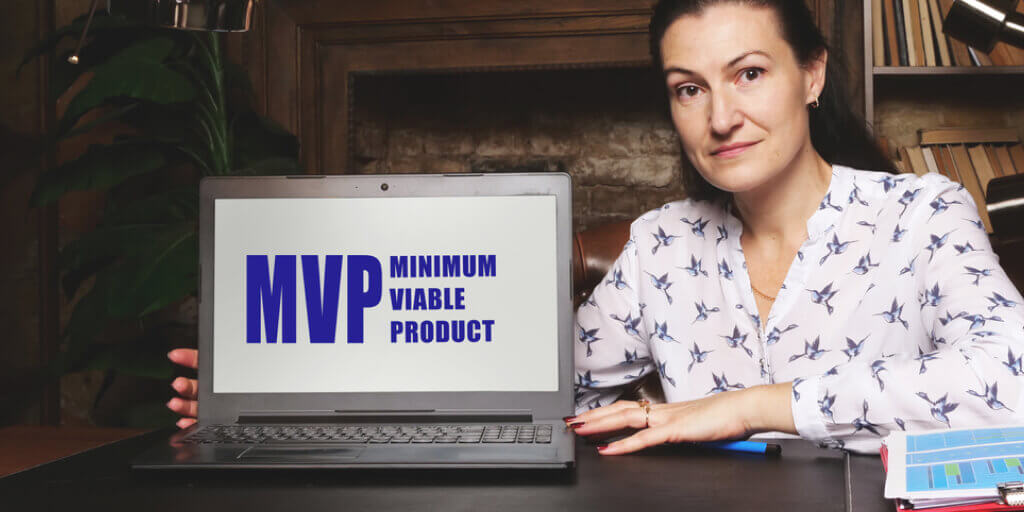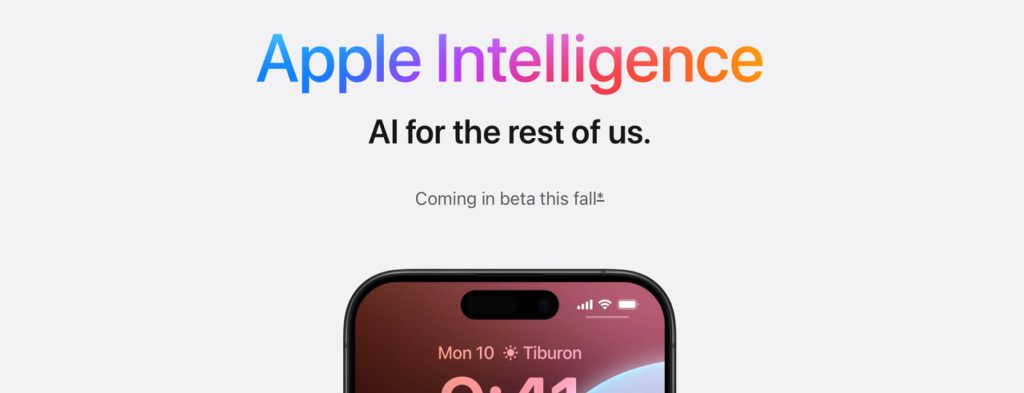Introduction to Agile Methodology and MVP Development
MPV Testing
The idea of a Minimum Viable Product (MVP) has gained popularity in the field of product development. The simplest possible version of a product, or MVP, can be created to test the market and verify an idea. It is created with an emphasis on the essential functions that help users with a particular issue.
Agile Methodology
Agile methodology is usually used in MVP development. Agile is a method for creating software that places a focus on iterative development, adaptability, and teamwork across functional boundaries. Agile development is segmenting a project into smaller, easier-to-manage activities that can be finished in brief iterations, or “sprints.” This makes it possible to quickly test and validate concepts and pivot and adjust in response to feedback.
In this article, we’ll go through five essential considerations for creating an MVP. We’ll offer insights and advice to help you get the most out of your MVP development journey, from identifying core features to preparing for future iterations and scalability.
1) Choosing Your MVP’s Core Features

Focusing on the most crucial features and functionalities that are required for the product to perform properly is important while creating an MVP. The objective is to develop a basic version of the product that early users may test and validate. Here are some pointers for determining the MVP’s main characteristics:
What are you trying to solve?
Describe the issue you’re trying to solve: You must have a thorough understanding of the issue you’re attempting to solve before you can decide on the essential components of your MVP. What problems or difficulties are your users dealing with, and how might your product help? You can find the key components needed to solve the problem by defining it.
Feature Prioritization
Make a list of prospective features: Once you have a firm grasp on the issue you’re attempting to tackle, make a list of potential features that might be able to do so. Compare the elements that are “nice to have” but not necessary with those that are crucial to solving the problem.
Prioritize the features based on their significance in resolving the issue after compiling a list of probable features. Start by listing the characteristics that are absolutely necessary for your MVP. These are the characteristics that are necessary to resolve the issue and give your users value.
User Feedback
Take user feedback into account: It’s crucial to take user feedback into account when you prioritize your features. What are the features that your early adopters indicate they need or want? Make sure your MVP is addressing the demands of your target audience by using this feedback to improve your list of essential features.
Ensure simplicity
Always keep in mind that the purpose of your MVP is to develop a basic version of the product that can be examined and approved by potential customers. Keep your MVP straightforward and concentrate on the essential elements that address the issue. To avoid complicating your MVP and making it more difficult to validate, resist the urge to add too many features or functionalities.
2) User Experience as a Priority in Your MVP

User experience (UX) should be given the utmost priority when creating an MVP. The usability of your MVP is essential in determining if early adopters will utilize it and offer insightful feedback. Here are some pointers for giving UX top priority in your MVP:
User Persona
Create a user persona that portrays your target demographic as a starting point. You should be better able to comprehend the wants, drives, and problems of your users with the aid of this persona. Utilize this persona to inform your UX choices and make sure your MVP is appropriate for your target market.
Design for usability
Your MVP’s UX should be simple to use, clear to understand, and visually appealing. Without assistance or difficulty, users should be able to grasp how to utilize your product. Create a user-friendly interface by adhering to design principles like hierarchy, consistency, and simplicity.
MVP Testing
Perform user testing: It’s crucial to perform user testing as you create your MVP to confirm your design choices. With early adopters, test your MVP and get UX feedback. Make changes based on this input to make sure your MVP is satisfying user demands.
Performance Optimized
Put performance and speed first: Customers want quick and responsive products. Make sure your MVP is performance and speed optimized. This entails streamlining your product’s functionality across many platforms and devices, minimizing lag, and optimizing load times.
Market Validation
Iterate and improve: Since UX is a continuous process, it’s crucial to keep revising and enhancing your MVP in response to user feedback. To make sure that your product is consistently addressing the needs of your target market, employ an iterative approach to UX design, making modest modifications and testing them with consumers.
Collecting and Applying User Feedback
Getting input from early adopters is one of the main goals of an MVP. This input is essential to the success of your product since it enables you to see potential improvements and confirm that your MVP is fulfilling the needs of your intended market. Here are some pointers for getting customer input and responding to it:
User Feedback
Establish a feedback loop: It’s critical to establish a feedback loop that enables you to collect and evaluate customer comments. User testing, interviews, surveys, and other techniques may be used to accomplish this. Make sure you have a procedure in place for gathering and evaluating feedback.
Sort feedback into priority categories because not all input is created equal and you should order feedback according to how it will affect your product. To discover and prioritize feedback that is essential to the success of your product, use methods like the Kano model.
Respond to criticism
Gathering criticism is just the first step. The inputs you get should be acted upon, and your MVP should be improved as a result. To ensure that your product is constantly improving, employ an iterative approach to product development, making tiny changes and testing them with users.
Keep users informed about the modifications you are making to your MVP based on their input by communicating with them. This guarantees that your user base feels like they are a part of the product development process and helps to foster trust and loyalty among them.
3) Continuing Your MVP Simple and laser-like

It’s crucial to keep your MVP straightforward and concentrate on resolving a single issue when constructing it. The objective is to develop a fundamental version of your product that can be examined and verified by potential early adopters. Here are some pointers for maintaining the clarity and focus of your MVP:
Define the issue you’re attempting to solve: Before you begin developing your MVP, it’s critical to explicitly state the issue you’re attempting to resolve for your target audience. This will assist you in determining the essential elements your MVP needs to succeed.
Identify the most important features: Your MVP should only contain the features that are absolutely necessary to address the issue you have identified. To avoid complicating your MVP and making it more challenging to develop, deploy, and test, do not include extra functionality.
take an iterative approach: To ensure that your MVP is constantly developing, take an iterative approach to product development, making tiny changes and testing them with consumers. With this strategy, you can avoid feature creep and maintain your attention on the essential components of your MVP.
When creating your MVP, think about how to prioritize the features based on how important they are to the success of your product. To find the aspects that are essential to the success of your MVP, prioritize them using methods like the Kano model.
Test and validate your MVP with early adopters: After developing your MVP, it’s critical to test and validate it with them. Make changes to your MVP based on their comments to make sure it is fulfilling their needs.
Your MVP’s chances of success rise if you keep them low-key and laser-focused on a single issue. This method can help you design, deploy, and test your MVP more rapidly and risk-free, and it can also prevent you from spending time and money on features that aren’t necessary.
4) Considering Scalability and Upcoming Iterations

Although your MVP should be straightforward and narrowly focused, it’s crucial to consider how your product will evolve in the future. Your MVP should be constructed in a way that makes it easy to scale and future improvements possible. Here are some pointers for scalability and future iterations planning:
Create a product roadmap.
A product roadmap aids in planning for the next iterations by providing a visual picture of your product strategy. It describes the features you intend to create, your product’s vision, and the timetable for their release.
Utilize agile methodology.
Agile methodology is a collaborative, iterative approach to product development that enables frequent modifications and enhancements. Agile allows you to react swiftly to shifting customer needs and market trends.
Create scalable architecture.
You should use a scalable design to build your MVP so that it can accommodate future expansion and development. This entails picking the appropriate technology stack, creating a database schema, and organizing your code in a way that makes changes and updates simple.
Set technical debt as a top priority.
Technical debt is the added work caused by shortcuts or fast fixes used to address urgent issues. Technical debt can hinder future development and scalability even while it might speed up the time it takes to get your MVP to market. If you want to make sure that your product can continue to develop and scale, give paying off technical debt top priority.
Future development should be influenced by user feedback.
As you receive feedback from early adopters, use it to guide scalability and future development. Your product can be enhanced in these areas, and you may also be able to add new features or functionality that will help it expand in the future.
Design for long-term success
You can make sure that your MVP is designed for long-term success by making plans for future iterations and scaling. With this strategy, you can continuously develop and enhance your product to fulfill the demands of both the market and your target audience.
5) Be Confident When Launching Your MVP

It may be both thrilling and nerve-wracking to launch an MVP. You may confidently launch your MVP onto the market by using the advice and best practices provided in this article, and you’ll also be setting yourself up for long-term success.
Never forget to prioritize user experience and identify the essential elements that address a particular issue. Don’t forget to obtain early adopter comments and use them to enhance your product. Plan for future versions and scalability and keep your MVP small and narrowly focused. You can create an MVP that satisfies the market’s and your target users‘ needs by adhering to these rules.
Finally, never forget to maintain your adaptability and flexibility. Building an MVP is an iterative process; therefore, difficulties and roadblocks will surely arise. The secret is to stay committed to your vision while using facts and feedback to inform your choices.
Getting your product into the hands of people and beginning to get feedback from them in the real world are ultimately the most crucial steps. You may position yourself for long-term success and growth with a well-designed MVP and a sound development strategy.
How can we help
Here at Blue Whale Apps, we are a mobile app product development company and MVP development company. We can help you get your app project off the ground by conducting the necessary research, prototyping, and developing an MVP (minimum viable product) Then when we have achieved market validation we can design and build your final application. Of course, for small applications, an MVP may not be necessary, and we can move straight into UI / UX and app design, but for large complex projects, it is recommended that we start with a minimum viable product as part of the development and research process. This ensures that when your final product is launched it is laser-focused on your target market, for feature prioritization, and scalability, and has an outstanding user experience.
If you would like to discuss your project in more detail with one of our experts, please book a free consultation call below.






